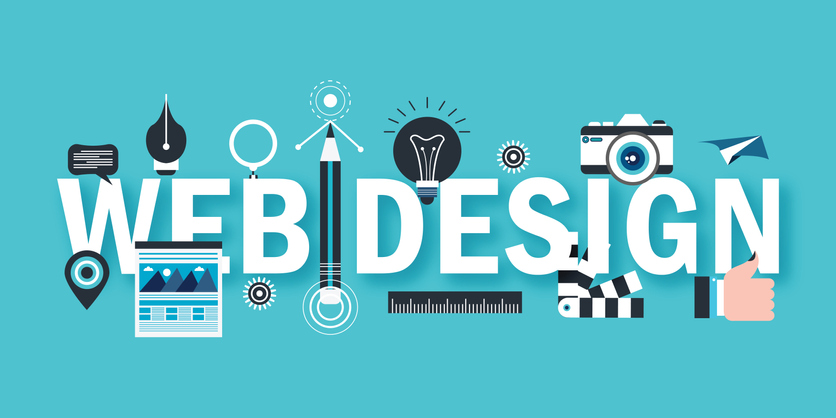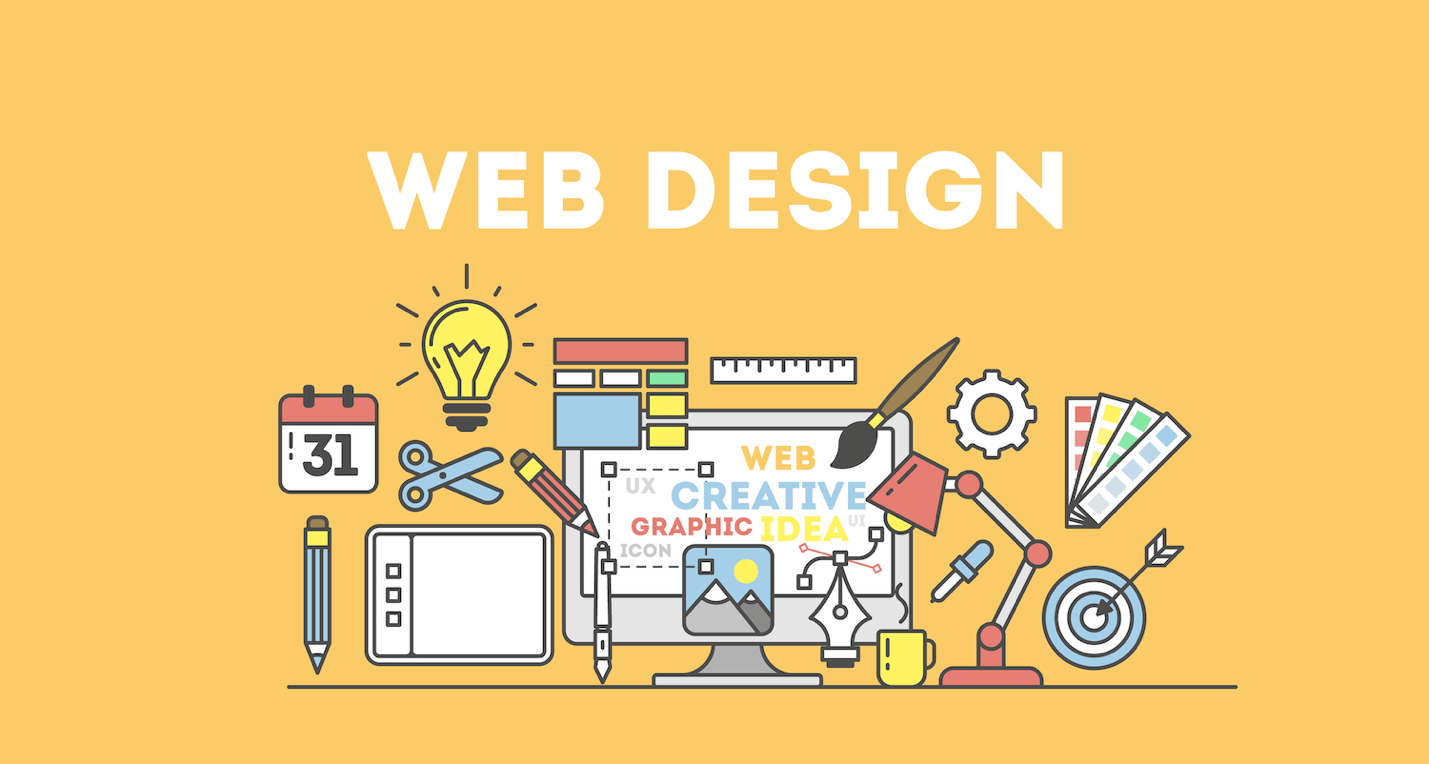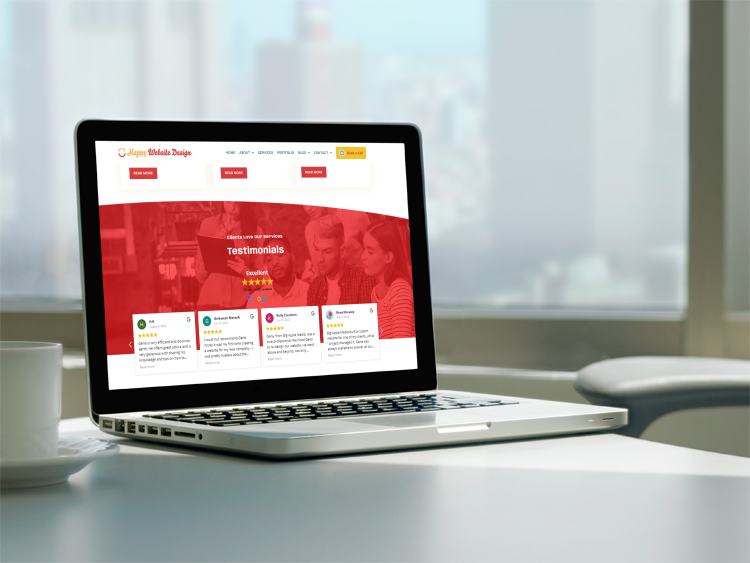Why Holistic Internet Style Is the Key to a Seamless Individual Experience
In today's digital landscape, the value of holistic web style can not be overstated, as it delicately weaves together looks, usability, and performance to produce a smooth user experience. By taking on an extensive strategy that prioritizes customer needs and leverages responses, designers can improve the total interaction with their systems.
Understanding Alternative Internet Style

Integrating user responses and behavior data is vital in holistic internet style. This iterative procedure aids designers to identify discomfort points and locations for enhancement, guaranteeing that the end product resonates with users. All natural design stresses the value of ease of access, ensuring that all individuals, regardless of their capabilities, can browse and communicate with the website successfully.
Additionally, the combination of receptive style concepts is vital in suiting numerous devices and screen dimensions, even more boosting the user experience. By recognizing the interconnectedness of these components, developers can develop sites that not just bring in however additionally retain individuals, inevitably driving engagement and conversions. Alternative website design is, for that reason, a critical approach that fosters a significant partnership between users and digital areas, leading the way for sustainable online success.
Secret Aspects of Holistic Layout

One more crucial component is uniformity in aesthetic and functional elements across the website. This involves maintaining a natural color palette, typography, and format, which assists users browse the site without effort - happy web design. Additionally, responsive style is vital, ensuring that the web site performs ideally across different devices and screen dimensions
Availability is also an essential component of alternative design. By adhering to access standards, developers can create inclusive experiences that deal with diverse individual teams, consisting of those with impairments. The combination of material approach ensures that important info is offered plainly and succinctly, enhancing comprehension and interaction.
Finally, reliable cooperation among design, development, and advertising teams promotes a unified vision that lines up with organization purposes. By concentrating on these crucial elements, holistic web style can provide an enhancing customer experience that is both engaging and functional.
Benefits of a Seamless Experience
Developing a seamless individual experience offers various advantages that significantly enhance overall fulfillment and interaction. At its core, a seamless experience fosters a sense of ease and intuitiveness, permitting customers to browse a web site or application effortlessly. This reduction in friction not just raises the chance of individuals returning however also enhances their willingness to advise the system to others.
Additionally, a seamless experience leads to boosted conversion prices. When individuals find what they require with very little effort, they are more likely to complete desired activities, such as buying or registering for an e-newsletter. This performance equates right into greater customer retention, as completely satisfied individuals are much more most likely to end up being faithful supporters for the brand.
Additionally, a natural and seamless user interface reduces cognitive load, enabling users to concentrate on material rather than having problem with navigation or layout variances. This clarity not just enhances individual satisfaction yet also strengthens brand reputation. Eventually, focusing on a seamless individual experience causes a competitive benefit, as organizations that purchase this facet are better placed to fulfill the developing assumptions of their audience and drive long-term success.
Implementing All Natural Methods
To achieve a truly smooth customer experience, organizations need why not check here to take on holistic techniques that take into consideration every aspect of style and performance. This strategy begins with a combined vision that straightens group members across different techniques, consisting of UX/UI layout, content advancement, and technical application. Reliable cooperation fosters a shared understanding of individual demands and purposes, enabling more coherent design choices.
Next, it is important to develop customer characters and trip maps that reflect the diverse demographics and behaviors of the target audience. By feeling sorry for users' point of views, companies can expect obstacles and simplify communications throughout the electronic experience.

Additionally, consistent branding and messaging should penetrate every touchpoint, ensuring a recognizable Go Here and trustworthy visibility that boosts customer interaction. Integrating responsive design principles is additionally essential, as customers currently connect with material across multiple devices.
Furthermore, companies need to focus on access, making sure that all individuals, despite capability, can navigate and gain from their digital offerings. By installing these alternative methods into the layout process, organizations can create a natural and satisfying user experience that advertises contentment and loyalty.
Measuring User Experience Success
While achieving an alternative method to internet design is necessary, determining user experience success is just as crucial to ensure that layout strategies properly meet customer needs. This needs a combination of qualitative and quantitative metrics to obtain a detailed understanding of customer interactions and contentment levels.
Secret efficiency indicators (KPIs) such as customer engagement, conversion rates, and bounce prices provide useful measurable insights. For instance, a high conversion price may suggest that customers find the design instinctive and engaging. Conversely, elevated bounce rates can indicate that customers are dissatisfied or baffled, requiring a reevaluation of the layout components.
Qualitative measures, including individual responses, studies, and usability testing, are vital for gaining deeper insights into the individual experience. Examining customer remarks can disclose discomfort factors and locations for improvement, while usability tests allow designers to observe real-time interactions and determine challenges individuals deal with.
Eventually, the combination of these measurement methods permits constant refinement of web design, ensuring it remains user-centered and effective in delivering a smooth experience (happy web design). Routinely revisiting these metrics will make it possible for developers to adjust to advancing user needs and preferences, strengthening the total success of a holistic internet style technique
Final Thought
Finally, alternative website design becomes an essential strategy to accomplishing a seamless customer experience. By integrating visual appeals, performance, and functionality, this design philosophy addresses varied individual requirements and preferences. The emphasis on user-centered techniques not only boosts navigation and complete satisfaction but additionally useful link promotes brand name reputation and availability. Ultimately, the execution of alternative design concepts considerably contributes to enhanced conversion rates and consumer retention, establishing a durable framework for reliable digital communications.